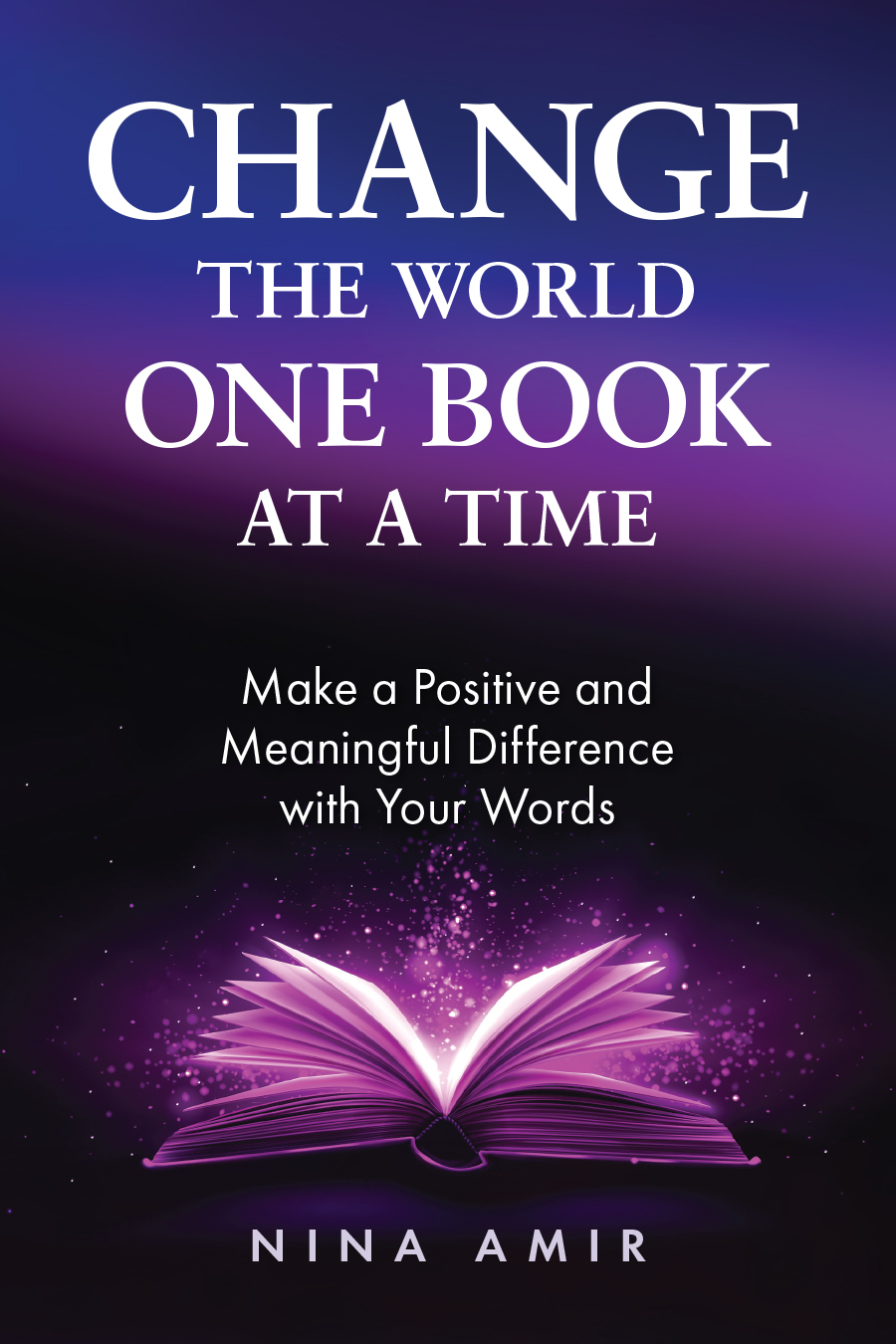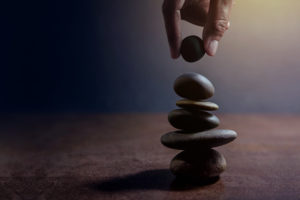In my last post I talked about the Sukkot rituals of both building a sukkah and shaking the lulav, and then I promised I’d explain how and why anyone-Jew and non-Jew alike-might want to consider taking on these Sukkot rituals. Today, I’d like to make good on that promise.
You don’t have to be Jewish to purchase a lulav or to build a sukkah. You can order a lulav and etrog on line, and many synagogues take orders from members and non-members. When the pair arrive, the package usually includes instructions for performing the ritual; the words for the blessing are in the material in both English and Hebrew and transliteration. Additionally, you can find the instructions for performing the ritual on the Internet as well. (Plus, I’ve written articles about this, too.) If you want to build a sukkah, you can find exact dimensions and directions on line. (I also once wrote an article about this.) You can also purchase pre-packaged sukkah kits on the Internet.
First, why would anyone who wasn’t Jewish want to participate in the ritual of shaking the lulav? Because the time leading up to this ritual and the ritual itself offer value for anyone. That, however, means that you might also want to do a bit of preparation prior to shaking a lulav.
Let’s back track a moment to the period that comes prior to Sukkot: The High Holy Days. Anyone can take the time for introspection and repentance, which is done during the 10 days between Rosh Hashanah (the Jewish New Year) and Yom Kippur (the Day of Repentance), thus cleansing his or her soul and doing t’shuvah-turning away from sin, turning back to God, turning towards his or her best self. This is the stuff Jews do before Sukkot. If you then took a lulav and etrog, or any plants or items that symbolized the primary parts of the body that connect you with Spirit, and put them together or put them on an altar and said a blessing of your own construction or said a prayer while bowing in the six directions or somehow acknowledging that God is everywhere all around us, you would have accomplished the same basic ritual…without the Jewish trappings. And this could be very powerful. (See my last post if you don’t understand why I suggest doing the ritual in this manner.)
Second, why would someone who wasn’t Jewish want to build a sukkah? Why would anyone want to sit, eat or sleep in a sukkah if they weren’t Jewish? Right now, much of the world is still struggling with economic issues that have left people jobless and even homeless. Here in the United States, although some say we are seeing some indication that things are taking a turn for the better, many people are still foreclosing on their homes and are losing jobs. By its very nature, a sukkah is a temporary structure. As such, it reminds us of the impermanence of life….and all aspects of life. It reminds us that we have to be okay with letting parts of our life go…jobs, homes, people. Things end. People die. Change is forced upon us. We have to move, travel, be willing to pack up what we have and take it with us, like the Israelites in the dessert for those 40 years. So, spending time in a sukkah gives us a chance to meditate on the impermanent nature of life and to become okay with it. It allows us to be in the moment, in the now, and to enjoy that.
If you are an advocate for the homeless, try building a sukkah and living in it for a week. Contemplate what it would be like to have no permanent home…to be homeless…or to have a box as your home…or this sukkah as your traveling home. Also, use the experience to get to a place of gratitude for what you do have. If you do have a roof over your head on most days and food on your table, be grateful…voice that gratitude. You know, actually tell Spirit or God, I am grateful for my home, the paycheck that allows me to pay the rent or mortgage and buy groceries. In fact, a prayer of gratitude is the most powerful prayer of all. It will manifest more of the same in your life. God hears it and says, “You think that’s good? What till you see what else I can give you!” So, sit in a sukkah and imagine life in a sukkah all the time, and then look around at your normal life and feel grateful for all the wonderful things you have.
Then, go back inside your home and see what you don’t need, what you wouldn’t take with you if you had to travel with your sukkah, for instance, or give up your home. Or maybe just figure out what you have in excess and give it away. Give it to those who need it more than you do.
At this time of year, Jews prepare nice meals-feasts of sorts-in the sukkah. We decorate the sukkah with harvest items like gourds and apples and flowers. We eat the items that represent the local “bounty” from the harvests, the things our local growers provide for us (mostly from the stores). However, during the Jewish New Year, traditionally synagogues hold a food drive as well. So, after sitting in your sukkah, you can go home and find some canned goods to give to the hungry or make a trip to the grocery store or to your garden and give some food to those in need-all the while feeling grateful that you have enough to give.
Think of the sukkah as your tabernacle, the place where you pray to God, connect with spirit, invite the Divine presence into your life. Maybe there,stripped of the protection of your home, you can really become vulnerable and get close to God in a new way. Invite God in. Dine with God. Talk with God. Spend time with God.
Some Jewish sages have argued that the original “huts” used during the time after the Israelites left Egypt were actually Gods Clouds of Glory, which he spread over Israel as protection and Divine grace. Whether or not this is true, those Clouds of Glory described in the Bible or Torah symbolize God’s constant and enveloping presence. Maybe by sitting in a sukkah with your eyes closed and visualizing being surrounded by God’s protection and grace, you can feel that. Maybe by praying for protection in your “tabernacle,” you can summon Spirit to envelop you so you can have a true experience of being surrounded by God. Maybe you need an act of grace right now…ask for it there in the sukkah.
For those people who like the Native American or African traditions of honoring ancestors, the sukkah is a great place to practice these rituals. In fact, in the Jewish tradition, on each night of Sukkot we invite both physical friends to dine with us in the sukkah and the spirits of different biblical personalities as well. This custom, called Ushpizin, is based on the Jewish mystical tradition and allows us to remember and honor our Jewish ancestors, to recall their teachings, and to ask their spirits to be with us and to help and guide us. You can call on your ancestors, invite them into your sukkah and honor them there…or ask them to whisper wisdom into your ears.
I think anyone can find some of these more secular rituals and practices appropriate ways to celebrate the holiday of Sukkot or to put it’s principles to use in their life this month in a really meaning-full and spirit-full way. Sukkot is a lovely holiday worth celebrating.
Additionally, the holiday is a joyous one. It’s a time to remember to feel and express joy and to feel happy to be alive. To read more about this, please see my Examiner.com Sukkot column.



Good article, I have found lots of info which is very good. Thank you.